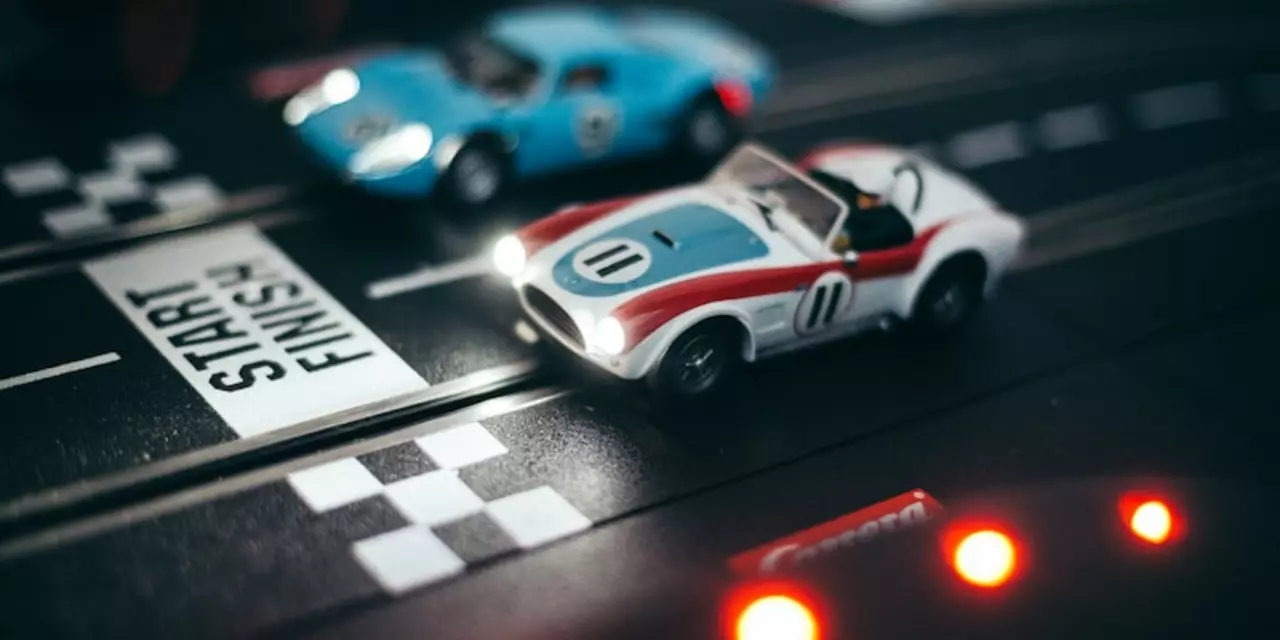Rear End Basics for Motorcycles and Bikes
The rear end is where power meets the road, so a solid setup makes every ride feel smoother and faster. Whether you’re hitting the track, cruising the highway, or tearing up a drag strip, understanding the key parts and how they work together saves money and boosts confidence.
At its core, the rear end includes the swingarm, rear suspension, final‑drive system (chain, belt or shaft), rear axle and the rear tire. Each piece has a role: the swingarm holds the wheel, the suspension controls motion, the drive transfers engine torque, and the tire sticks to the surface. When any of these parts are out of sync, you’ll notice wobble, loss of power, or a harsh ride.
Start every season with a visual check. Look for cracked swingarm welds, loose bolts, or worn bushings. Spin the rear wheel and listen for grinding – that usually means bearing wear or a mis‑adjusted hub. A quick squeeze of the rear shock can reveal leaks; a soft feel often means the internals need a rebuild.Alignment matters more than most riders think. A mis‑aligned swingarm changes the chain’s angle, causing uneven wear and reduced power transfer. Use a straight‑edge or a dedicated alignment tool to ensure the rear axle sits parallel to the front fork tubes. Adjust the axle nuts by small increments and re‑measure until the chain runs straight.
Common Rear End Problems
Chain stretch is the most frequent issue on sport bikes. Measure the chain every 500 miles; if the slack exceeds the manufacturer’s limit, replace it before it slips under load. Worn sprockets pair badly with a stretched chain, so swap both at the same time for a clean set‑up.
Rear shocks lose oil and air over time. A simple bounce test can spot a sagging shock – push down on the seat and watch how quickly the bike returns to level. If it bounces more than a couple of times, it’s time for a rebuild kit or a new shock.
Rear axle bearings can seize from dirt or lack of lubrication. Remove the axle, clean the races, and apply fresh grease before re‑installing. A well‑lubricated bearing reduces friction and prolongs the life of the swingarm.
Upgrading for Better Performance
If you want more pull off the line, consider a lighter swingarm made from aluminum or carbon fiber. The reduced unsprung weight lets the rear tire stay in contact longer, improving acceleration.
Adjustable rear shocks let you tune preload, compression and rebound to match your riding style. Stiffer settings help on smooth tracks, while softer settings give better comfort on bumpy roads.
Changing the final‑drive ratio can dramatically affect how the bike feels. A taller sprocket (more teeth) lowers top speed but boosts low‑end torque, great for drag strips. A smaller sprocket does the opposite, helping you hit higher top speeds on the highway.
Finally, pick a rear tire that matches your use. Soft compounds give grip in corners but wear faster; hard compounds last longer and are safer at high speeds. Check the tire's sidewall for the recommended pressure and stick to it for optimal contact patch.
Quick rear‑end checklist: inspect swingarm and bolts, measure chain tension, check sprocket wear, test shock bounce, verify bearing lubrication, confirm axle alignment, and choose the right tire pressure. Follow this routine every few weeks and your bike will reward you with consistent power and confidence wherever you ride.





